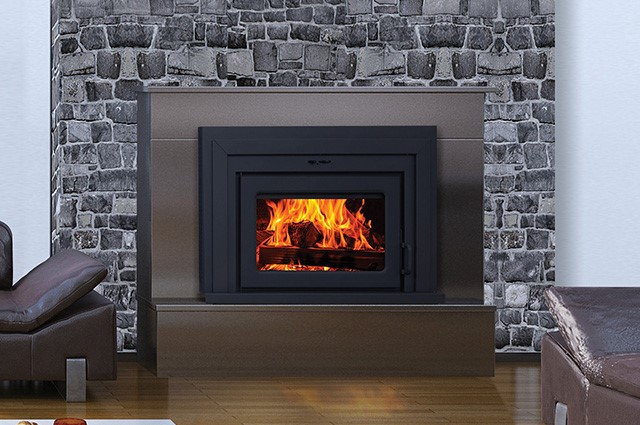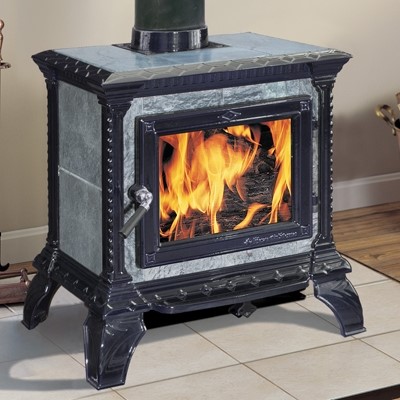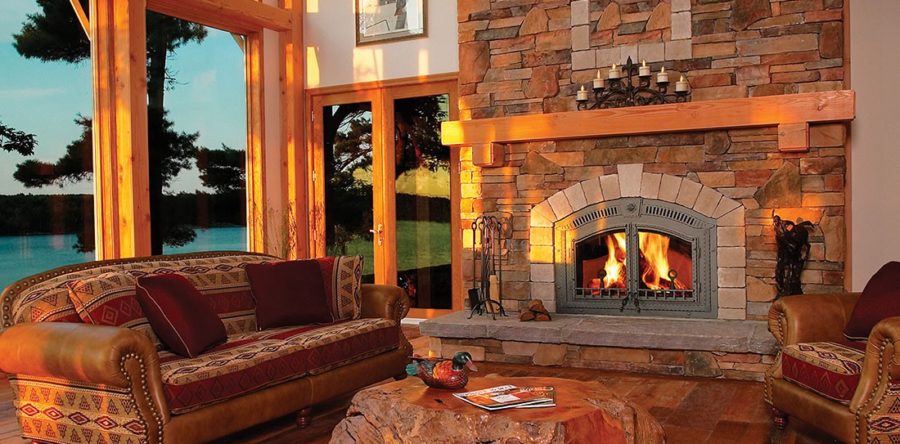The straight answer is yes, and it is true in every State. But what are the requirements?
First, let’s talk about the regulation in place and upcoming one.
Wood Stoves and Airtight Wood Fireplaces
What is mostly known as a regulation on the Market is the New Source Performance Standard (NSPS) under the EPA. The Environmental Protection Agency (EPA) has established a regulation to limit the amount of particulates that each wood fireplace can emit up through its chimney. Prior to May 15th 2020, Step 1 limits here in the USA were at 4.5g/hr. Since May 15th 2020, the new Step 2 limit has been set to 2 g/hr and 2.5g/hr depending on the testing protocol being used by the manufacturer.
Wood Boilers and Warm Air Furnaces
Wood boilers and warm air furnaces are also subject to a regulation on their emissions. Since May 15th 2020, new lower Step 2 limits are set to 0.15lbs / mmBTU heat output. (0.10lbs /mmBTU output if the boiler is tested using crib wood)
Masonry and Decorative Wood Fireplaces
 Open wood-burning fireplace are not subject to any emission limit by the EPA. Some manufacturers have chose to test their fireplaces to a voluntary program under ASTM. Their certification will show as EPA Qualified. (not EPA Certified)
Open wood-burning fireplace are not subject to any emission limit by the EPA. Some manufacturers have chose to test their fireplaces to a voluntary program under ASTM. Their certification will show as EPA Qualified. (not EPA Certified)
Pellet Stoves and Inserts
Pellet stoves burn compressed wood saw dust. They burn very clean. They are subject to the very same emission limits as wood stoves. So since May 15th 2020, they must be certified under Step 2 and be under 2.0gr/hr.
What about my own State?
Some States, like California and Washington are known to set their own rules, often times more restrictive than what EPA requires. Is it the case with wood-burning fireplaces and stoves?
The answer is no. Every State fall under the EPA requirements as outlined above.
How do I tell if the stove I am about to buy is truly approved?
The certification label states if the stove or fireplace is EPA-approved. EPA maintains a list of approved wood and pellet stoves.
EPA also publishes a list of approved hydronic heaters and forced-air furnaces.
Why does the certification label state that ‘It cannot be sold past May 15th 2020’?
This statement has been mandated by EPA. Stoves, Fireplaces, Boilers and Furnaces certified to EPA Step 1 sold before that date will be good to use for as long as the product lasts. Step 1 certified appliances are not to be sold on the Market after May 15th, 2020.
What about the wood stove or furnace you currently own?
No need to do anything as far as the EPA requirements. The new regulations only apply to units sold and installed after May 15th 2020.
One key factor to consider is the benefit to upgrade to newer technologies. Since wood stoves, fireplaces, boilers and furnaces have all gotten more efficient, there may be significant benefits to upgrade. If your wood stove is currently not EPA certified, upgrading could mean huge savings on firewood. If the stove you currently own does not have an air control, but rather, only a ‘damper’ where the stove pipe is, savings on wood could amount to over 50%.
Upgrading a wood furnace to an EPA certified one will also bring massive savings on wood. Some have reported saving as much as 60% to 70% on wood by using an EPA Certified warm air wood furnace.
Does your State provide incentives or subsidies to upgrade your wood-burning appliance?
Some States provide a tax credit, a fixed amount, or a percentage of the installation cost. These programs help improve air quality by replacing older technology wood-fired appliances with ones that burn clean. Find out if your local State provides incentives to upgrade your wood fireplace.
Ultimately, is wood heating good for the environment?
 Yes it is. There are many debates on the subject. Some folks who are sincere in their effort will claim wood smoke is detrimental to our health. In reality, exposing ourselves directly to smoke from any source is not good for the health. But, we have to look at it from a global standpoint.
Yes it is. There are many debates on the subject. Some folks who are sincere in their effort will claim wood smoke is detrimental to our health. In reality, exposing ourselves directly to smoke from any source is not good for the health. But, we have to look at it from a global standpoint.
To operate our cars, our heating and air conditioning, lighting, etc, we need energy. Energy comes from burning fossil fuels, shale oil and gas, coal, nuclear, wood, solar and hydro. The global effort is to reduce the footprint, the emissions while increasing efficiency. Every industry has done a tremendous job in that regard, including wood heating. Wood stoves emissions from 20 years ago are now reduced by over 90% and efficiency has increased over 30% on average. That is a spectacular improvement!
On the global footprint, firewood is locally sourced, so there is less transportation involved compared to other energy sources. Compared to electricity transportation where over 70% of it is wasted with power lines emitting and releasing electricity, wood fares better. Wood is also carbon neutral. It is a natural resource that is renewed within 30 to 70 years, that is a very short span when compared to fossil fuels. Wood heat produces ashes as a residual and it is good for the environment. Compared to nuclear waste, the disposal of solar panels and batteries, wood is again much better for the environment on that long-term spectrum.
We have to agree, that there is always an angle on things. There will always opposers to any technology and there will be promoters as well. We believe wood heating serves a purpose of enjoyment, independence, and savings for homeowners. That is essentially why we love wood heat. We’re happy to see the wood fireplace manufacturers invest in improving the technology by lowering the emissions and increasing the efficiency. They are playing a key role in keeping the air we breathe clean and healthy!
Canadian wood burners will enjoy this additional information related to their jurisdiction.




6 Responses